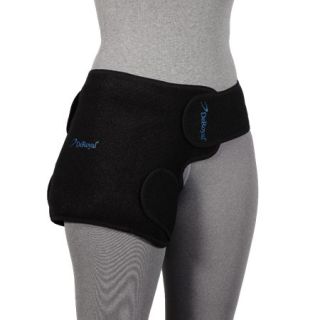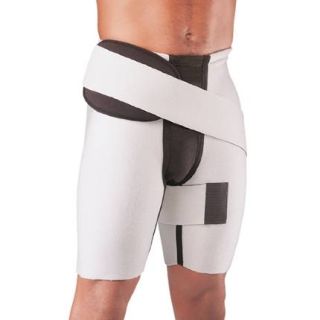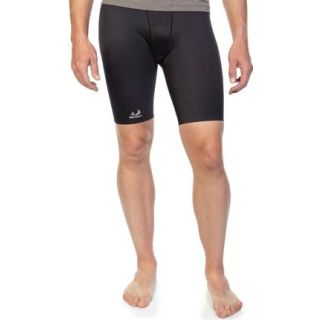-
 Details$89.99 $78.99
Details$89.99 $78.99 -
 Details$69.99 $60.99
Details$69.99 $60.99 -
 Details$41.99 $32.99
Details$41.99 $32.99 -
 Details$148.99 $139.99
Details$148.99 $139.99 -
Sale - Limited Time
 Details$107.99 $99.95
Details$107.99 $99.95
Shop the Best Compression Shorts, Wraps & Braces for Hip Flexor Strain
Recover faster and stay active with our selection of medical-grade supports for hip flexor strain relief. Whether you're dealing with a mild overuse injury or a more serious strain, we offer compression shorts, braces, wraps, and hip supports designed to target the iliopsoas and surrounding muscles.
Each product delivers focused compression, secure stabilization, and a low-profile fit for training or daily wear. From adjustable groin wraps to padded compression shorts for athletes, our gear is trusted by physical therapists, athletic trainers, and rehab specialists.
Find the right support for your hip flexor strain and return to movement with confidence.





